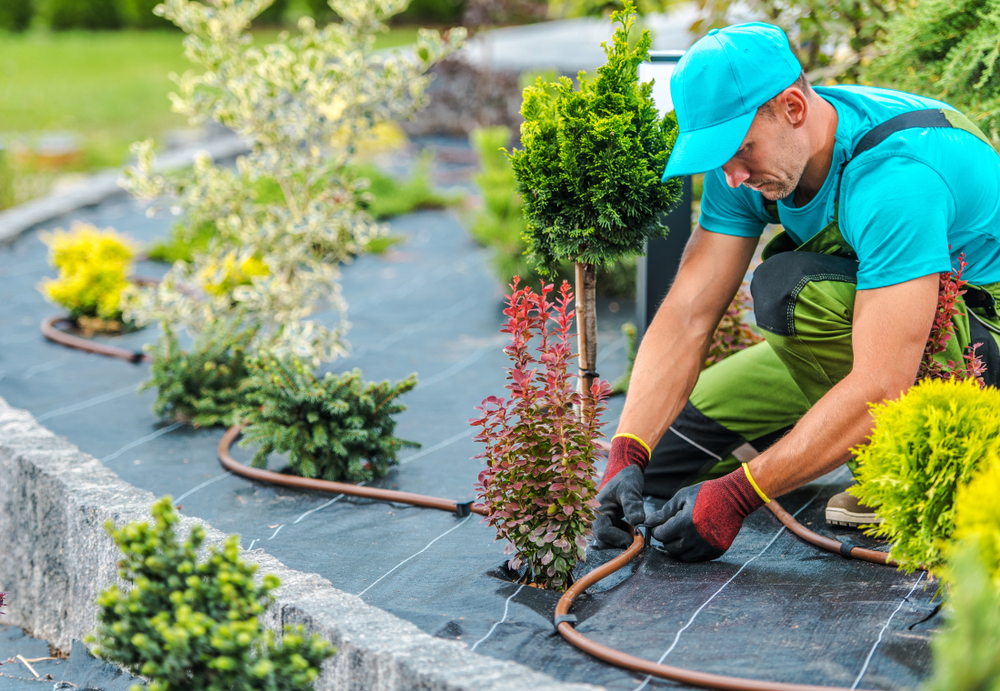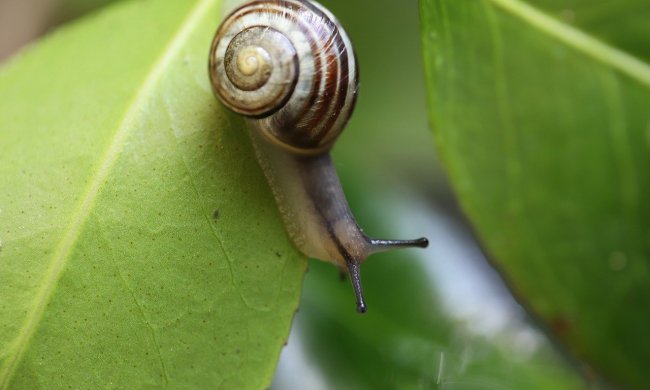You don’t have to be a sci-fi geek to know that robots can be beneficial and harmful to our human lives. For example, the robots that do the dangerous work so humans don’t risk their lives are amazing inventions! While the robots in our back pockets can sometimes be a hindrance to our quality of life. So how can robots help in the garden? Should you be hesitant to introduce technology into such an organic environment?
Here we’ll go over the ways you might benefit from a robot or two in your garden, what you should consider when shopping for a garden robot, and some amazingly innovative robots you should take a look at.
Why you might use robots in the garden
Let’s first talk about why you might want to introduce robots into your gardening routine. At first, you might say you don’t need any help in the garden, and you actually like all the work that goes into it. Isn’t that why most of us started gardening? To be outside, get some exercise, and enjoy the fruits of our labors? That might all be true, but you have to admit there are days when you don’t feel like going out into the blistering heat to pull weeds. Or you might love watering your garden, but what happens when you forget? Implementing garden robots can reduce the headache and backache of gardening. Some of these tools can make life easier for those who want a garden but don’t have as much time for it or for those who love gardens, but our bodies limit us on what we can do. We can still garden with these fantastic robots even when our situations don’t offer an easy way to do it.

Some benefits of garden robots
Other than making gardening more accessible for gardeners of all abilities, robots in the garden have other fantastic benefits. First, there’s the benefit of saving time. Technology can reduce the amount of time you have to spend in the garden to maintain a healthy and productive garden. For example, automatic watering systems minimize time spent in the summer heat dramatically! Additionally, it saves on water since it won’t overwater the plants.
Not only can technology help save time and water, but it can also ultimately save you money. Most of these robots are a bit of an investment, so you might wonder how they can save you money. However, if you invest in an owl decoy, you’ll lose less harvest to squirrels, or if you have a Bluetooth plant sensor, you’ll reduce the number of plants that die due to lack of water, sun, or nutrients.
Considerations while shopping
Before you go out and buy up all these fun and helpful garden robots, you’ll want to consider a few things. While they will save you some money, we all have a budget for what we are or are not willing to invest in our gardens. Be sure you and your partner are okay with a certain number before you buy up these fun tools. Knowing how much you want to spend will allow you to better prioritize which robots you wish to purchase first.
Next is the size of the robot. If you have a smaller garden, some tools might not make sense for you to get. While they are fun and cool, they’re better suited for more extensive gardens. Similarly, if you have a large garden, you probably won’t benefit from a single plant monitor since you’d have to buy a lot to monitor all your plants.
Lastly, you’ll want to be sure you can provide the robot with a power source. Some of these robots are solar-powered and won’t require any wires or batteries, but it’s essential to be sure you know what the device needs before you invest in it.
Some garden robot options
Now for the fun and exciting part — the actual garden robots we’ve been talking about. Some of these are more robot-esque than others, but they all use technology to operate and usually work independently with little to no supervision.
Automated watering systems
These are some of the first and most widely used “robot” garden tools out there. Setting up an automated watering system is easy and can be customized to suit almost any sized garden. Watering takes a lot of time, and often we can forget to do it. These systems make it easy to keep your plants hydrated without needing to get a sunburn during those miserable hot days.
Home plant monitor
At least once in every gardener’s life, they wish their plants could talk to them. When a leaf on your rare plant turns yellow, and you wish you knew if it was from overwatering or a nutrient deficiency, it can be nerve-wracking not to have an answer. With this little garden robot, you can learn much more about what your plant is or is not getting. Stick this little monitor in the soil and it will give you updates right to your phone about how much water and light the plant is getting in addition to its nutrient status and the temperature around it.
Garden camera
Wondering who’s taking little bites of your tomatoes? Set up a garden camera and find out if it’s a pesky squirrel or your kid looking for a snack. These types of garden cameras can help you better understand what’s going on in the garden and how to protect your plants from pests. If you don’t know what’s rooting around in the beds, it’s harder to know what to do about it. With this camera, you’ll get 24 hours surveillance and be better equipped to handle the situation.
Owl decoy
While the garden camera will show you what’s digging around your garden, this owl decay can scare it off! It works on birds, squirrels, raccoons, and anything else that might wander into the garden looking for food. They are easy to set up and solar-powered!
Weeding robot
This garden robot is one of the most popular garden trends right now. A solar-powered, Rumba-inspired garden helper that can cut down weeds. Imagine a gardening world where weeds aren’t something you have to worry about. This little robot can save your back, save you time, and keep your plants happy and healthy without the threat of nutrient stealing weeds. He’s also adorable.
Whether or not your garden needs all of these robots is up to you. However, we think they’re fantastic investments for those looking for ways to save time, money, and reduce the work their bodies have to perform to enjoy happy and healthy gardens.



